I wrote a little Matlab program to generate the targets:
And, yes, all you Matlab experts, I know it can be coded a lot more efficiently, even by me. I wrote it this way so that any Java or C programmer could figure it out.
Here’s what a close up of the first four layers looks like:
Here’s five layers:
Six:
And, finally, seven, which is what I’m going to start with because it makes it easier to focus:
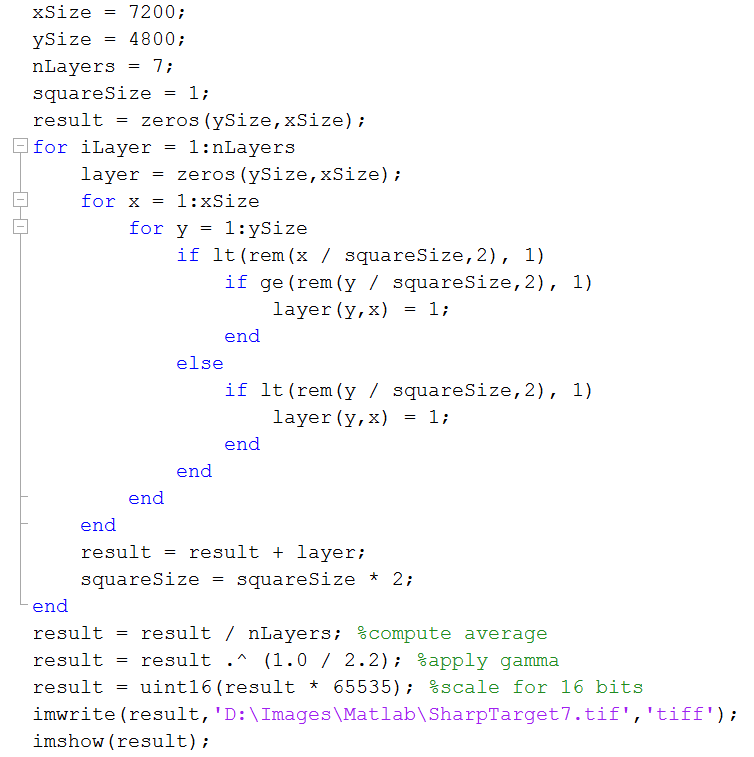
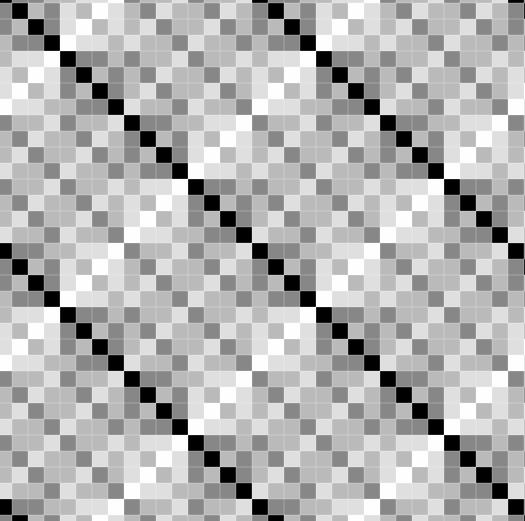
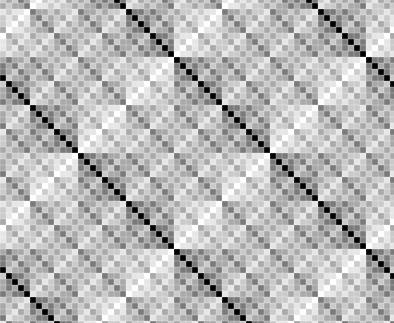
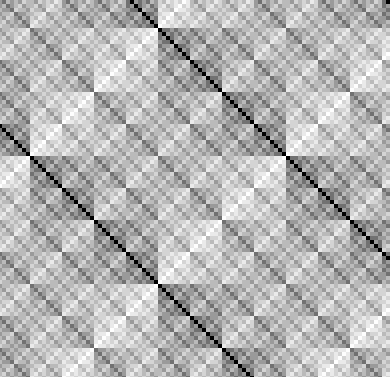
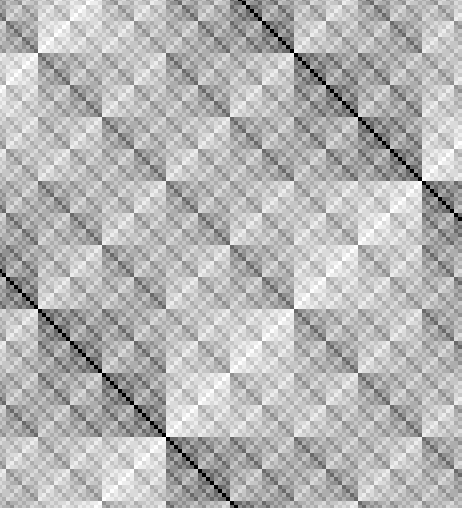
Jim,
Recently I did some testing because I suspected shutter vibration of the Leica M causing blurred images. This was with adapted lenses and a adapter collar fitted.
Shooting banknotes at 4 meters distance from a tripod confirmed this for shutter speeds between roughly 1/125 s and 1/4 s. The test results also showed and advantage for Classic mode, in favour of Advanced mode for the Leica M (240).
With a 75mm M lens and the body attached to the tripod I could not detect any blurring effect.
The weakest point seems to be the lens collar / adapter collar, in some way bouncing and increasing vibration. Maybe this is something to look for in your setup.
Thanks for all your very interesting postings.
With kind regards,
Herb
Thanks, Herb, I’ll check into it, providing the test methodology I’m developing is up to the task. I have a Novaflex Nikon F lens to M body adapter on order. I don’t have the Leica R adapter or any R-series lenses, so I won’t be testing those.
Jim
Jim, just for your information. I also use the Novoflex LEM / NIK NT adapter. I modified the Novoflex ASTAT MFT collar a bit so it will fit on this adapter.
Novoflex told me that they have a dedicated collar in development for the LEM /NIK NT.
Herb, that’s the adapter I have on order. A collar would be a good thing for the intermediate focal lengths, say from 85mm to 135mm. Lenses longer than 135 will probably have their own rotating collar.
Jim